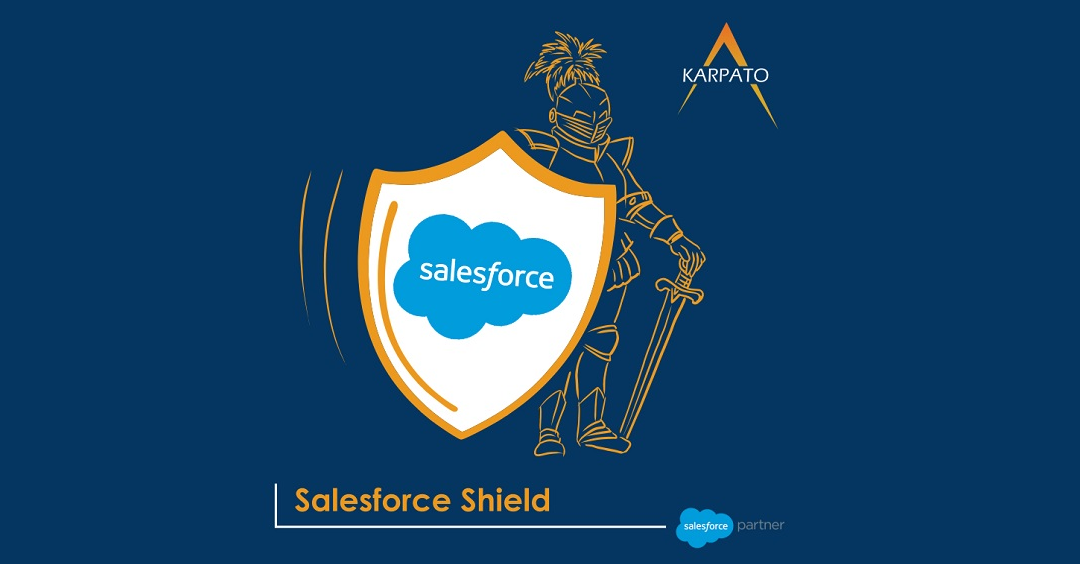Many people say that Salesforce is like a magic elixir for business – it offers amazing results in short periods of time.
The need for unified business processes that allow their customers for a seamless and data-rich experience (while engaging with customers) has never been stronger.
Entrepreneurs choose to invest more and more in CRM systems – and there’s a good reason why. They noticed how easy it is to increase their profits and reducing administrative costs. While implementing Salesforce can be a little costly, it’s a great investment – the ROI is immense.
Salesforce describes ROI in a simple formula:
ROI = (Gain from the investment – Cost of investment) / Cost of investment
Thanks to the modular structure and many ready-to-use solutions, users can see benefits from the very beginning. The implemented MVP is gradually developed, increasing the positive impact on the results.
The key metrics to track the ROI of using Salesforce are:
? Sales (sales cycle efficiency, total number of leads, time to close, close rate, sales revenue increase, margin rate, number of products per customer, etc)
? Marketing (number of campaigns planned and implemented vs their revenue, numbers of generated leads, cost per lead, etc)
? Customer service (number of cases per agent, the average time to resolve, customer satisfaction level, numbers of complaints and issues, cost of service/support, etc)
? IT departments (deployment time, configuration time, integration time, coding productivity, IT costs, etc)
? Collaboration (improvement in employee satisfaction, engagement, productivity, etc)
Marketing ROI (also known as MROI) is the return on investment your company receives from all of your marketing activities (such as email marketing, social media marketing, etc). MROI is extremely important – it illustrates how your marketing efforts are performing and what’s their impact on your business. It also shows which channels are most effective and, what comes with that – profitable. Did you know that the average return for email marketing is $38 or every dollar invested, meaning the ROI equals 3800%?
The vital components of any marketing measurement strategy are:
? Setting clear goals
? Identifying costs
? Getting the right technology
? Creating a formula for calculating MROI (which is: MROI = (Marketing Value − Marketing Cost) / Marketing Cost)
How can you calculate the ROI for your campaigns?
You’ll find the Campaign ROI Analysis Report on the Reports tab in the Campaign Reports folder. It calculates your campaigns’ performance by return on investment (ROI) and average cost. For each campaign there is a:
– ROI – expressed as a percentage, calculated as the net gain (Value Won Opportunities in Campaign – Actual Cost) divided by the Actual Cost.
– Value Won Opportunities in Campaign – the calculated amount of all closed or won opportunities where the campaign is the Primary Campaign Source on the opportunity.
Finally, let’s look at the statistics. According to Salesforce customer success:
? Companies that switch over to Salesforce see a 25% increasing in revenue
? Companies that use Salesforce see an increase in customer satisfaction by 35%
? Salesforce customers say they have seen on average a 25% increase ROI for marketing
? With the use of Salesforce, customer service agents have an increase of 34% productivity
Think about how much you can change with Salesforce! Watch your numbers grow rapidly as you use the platform.
Being able to measure ROI correctly is the key to improving your marketing strategies, no matter your industry. If you’re not seeing the results you initially expected or think your return isn’t good enough – don’t hesitate to contact me. Let’s check if you’re using the full potential of the platform and figure out more ways in which you can grow your business.




